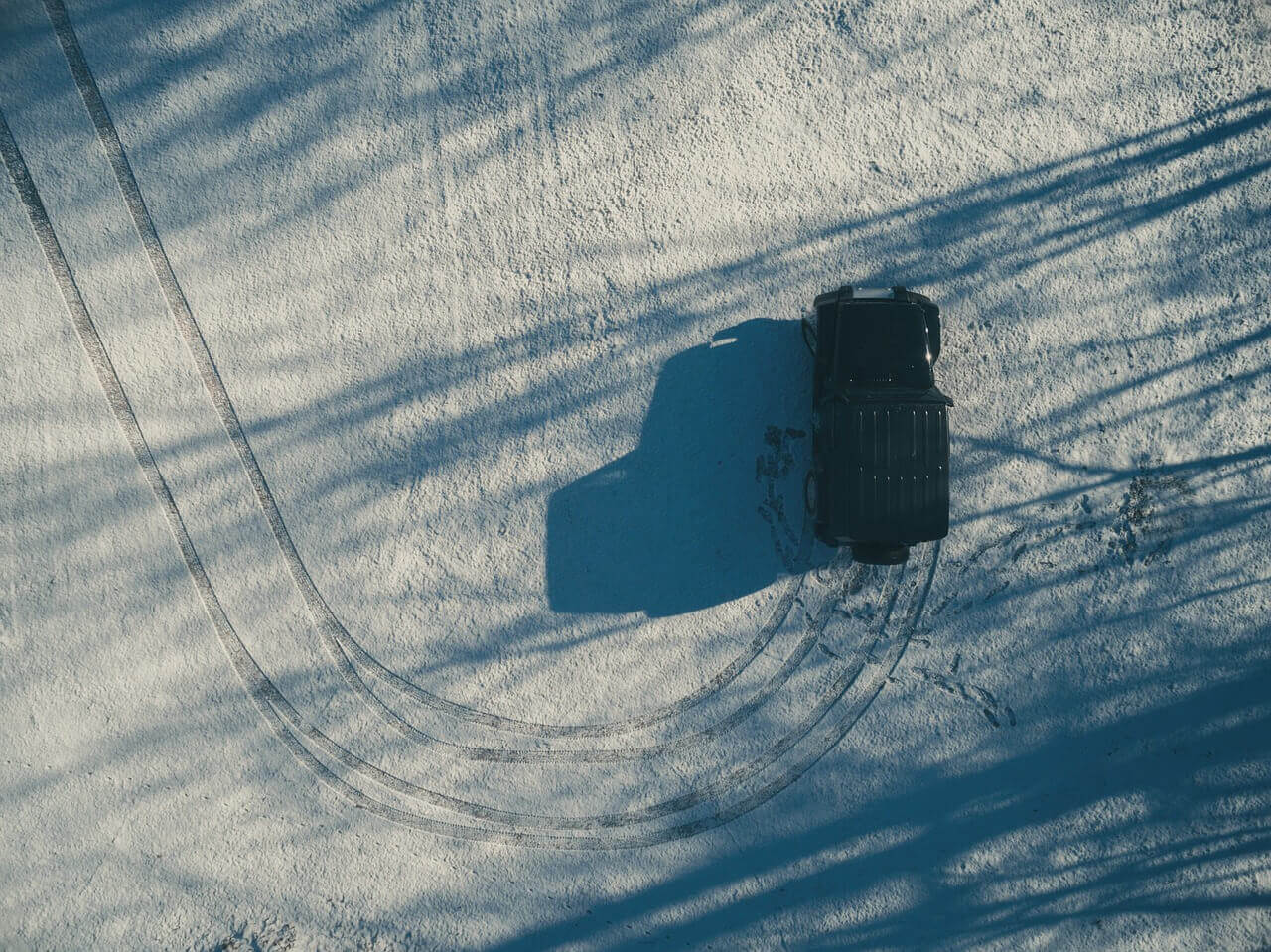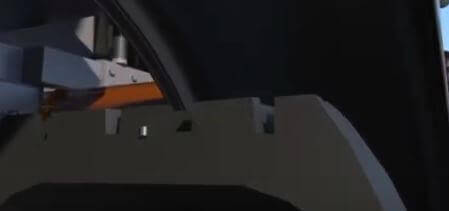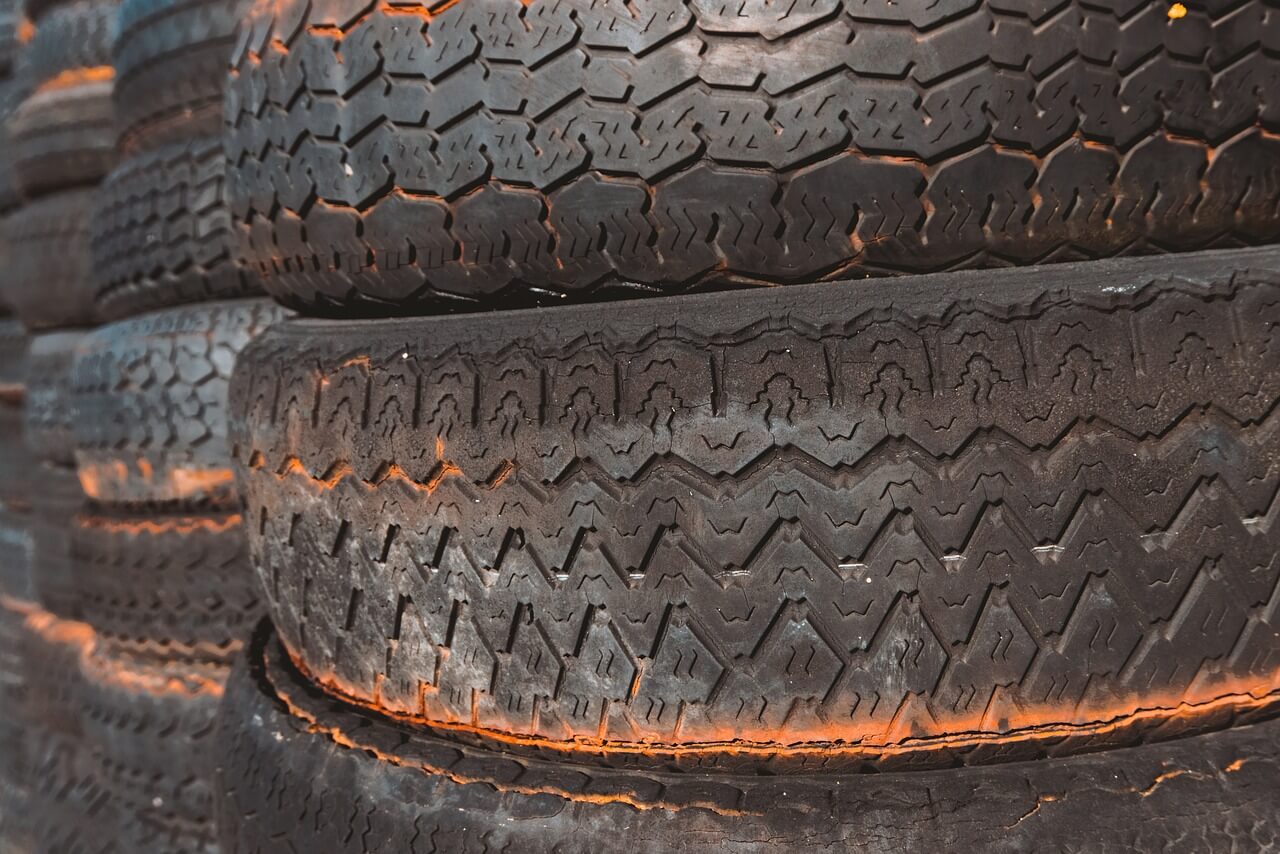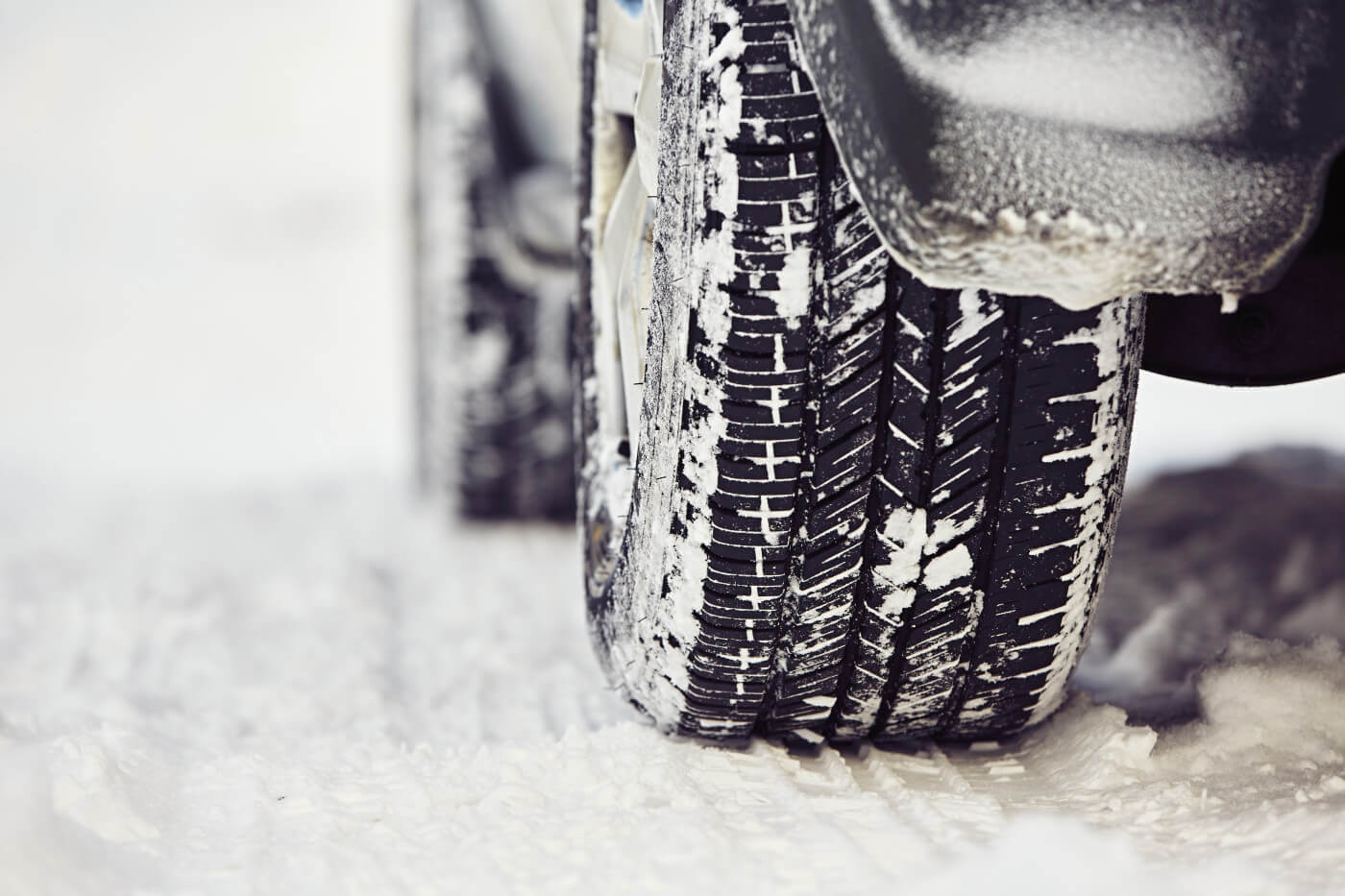You are safe. At least you believe it. You checked the rankings, contacted Blackcircles.ca for the best winter tires available, and you fitted your car with them. You’re ready to face winter.
Better still, your car spending all of its nights in a garage, you tell yourself that you are even safer. After all, the mechanics and tires don’t have to suffer from the cold outside and are always in perfect working order.
What is true for your engine is not necessarily true for your tires. The night spent in your garage will actually allow you to keep your tires warm, at least a little. But that will only give them a few extra seconds when they come in contact with the icy ground.
Remember: your winter tires are designed to do their job in a temperature of 7 degrees or less. But they still have to be a little warm, especially when the road is clear.
Be careful when starting
The reality is simple: lukewarm tires, cold but dry pavement, and you may not appreciate the behavior of your rubber. Winter tires are generally 5 to 7 times less grip on dry pavement. To be effective, their temperature must be warm enough to allow the rubber to stretch and have maximum contact with the surface.
A little poorly heated, or with an uneven temperature, may cause slippage. Little explanation: when parked in your garage, your car is subject to a certain temperature. Except that the part of your tires that touches the ground will have a different heat diffusion than that which is in the open air.
Once out, you will therefore have a part of the tires that stick, and another that does not do as much. Take a few hundred meters to ensure that the heat is evenly distributed in your tire soles before making any more abrupt maneuvers.
Under maximum conditions, the stopping distance on dry pavement is 11.5 meters to 50 km per hour. On wet roads, and with poorly heated tires, it can extend up to 21.5 meters at the same speed. Quick calculation: the 10 meters difference is equivalent to three car lengths.
Tip: start slowly, and drive 1 or 2 kilometers before braking harder. You will see, your braking distance will be better, and you will be safer!






